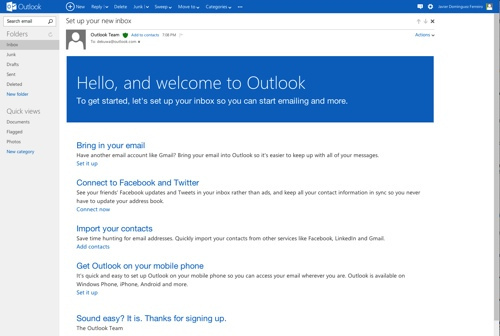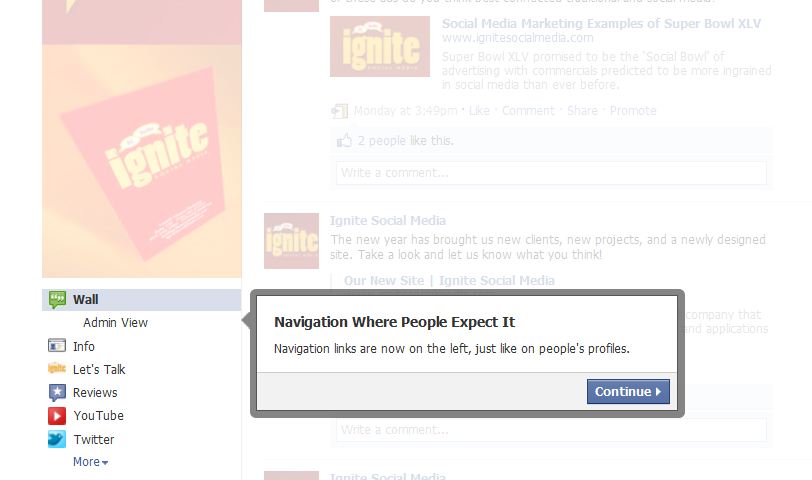Users gonna use: Retention as the SaaS success factor

In most Startups a lot of attention is paid to user acquisition. While for SaaS companies growing the user base is important, growth rate is often a vanity metric. What’s in many cases more important is stickiness. In this post I show how to calculate the sticky growth rate for Freemium businesses and show a few steps to increase activity.
Sticky Growth
Sticky growth is a combination of growth and activity (duh). The goal is to grow the user base and retain it. In the end, growth is the difference between customer acquisition rate and cancellation rate. The problem with using cancellation for many Freemium businesses, though, is that users on free tiers often don’t care to cancel their accounts. Therefore, rather than looking at cancellations, it’s more useful to monitor user activity for trial or free users.
Calculating the Adjusted growth rate
First we have to define the relevant activity period to focus on. At Rankpanel we look at weekly rates. The rational is that we release data on a weekly schedule. Therefore, for our users it makes sense to check back once a week to get the most benefit out of our product.
In a next step you have to define what constitutes activity:
- Is it enough for the user to log in?
- Or does it only count if the user performs a certain action, e.g. like sending out an API call?
Sticky growth rate (SGR) = growth rate - inactivity rate
Growth rate = (Sum of activated accounts)t / (Sum of activated accounts)t-1
Inactivity rate = 1 - activity rate
Activity rate = (Count of distinct users who performed a certain action)t / (Sum of activated account)t
Increasing engagement
As you can see, only an active user base is a growing user base. So how can you actually increase activity on your platform. I will assume that you have the features and quality your customers need, so you just need some actionable tactics to give some of them a little push. Here are some steps you could take:

- Include an engaging experience in the empty state of your app
- Goal: Make it easy for new users to get to the “Aha!” moment fast.
- Twitter suggests users you should follow based on your interests and location
- Outlook.com includes a getting started email linking to important content
- Create a getting started process
- Lifecycle Email marketing
- If you are not sending out automated emails depending on customer behavior you should start right away. The process is quite straightforward.
- Activity based
- If usage of certain features correlates highly with the customer lifetime or propensity to upgrade then you should send out automatic emails to users who are not using this feature.
- Time based
- This is mostly about reactivating inactive users: If a Rankpanel user has not used Rankpanel for 10 days, we will kindly remind her of coming back. The same goes for the 1-month and 2-month cohort.
- Do also have a look at the different segments that can be addressed via this strategy.
- In-app notifications
- Goal: Educate users about new features
- Facebook let’s users know how to use new things, and guides them using notification boxes inside the application.

Increasing user engagement is a big topic in and of itself. The few steps shown above should get you started.
How important is engagement in your Startup? Have you worked on it? I’d love to hear some of your tactics.